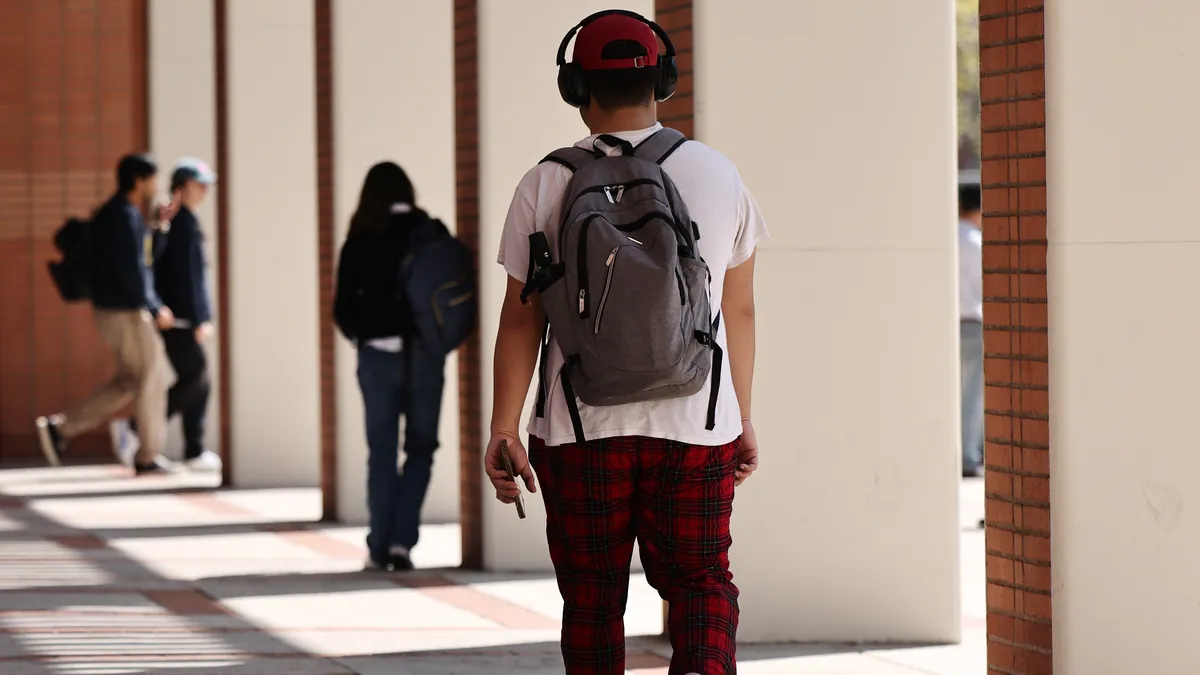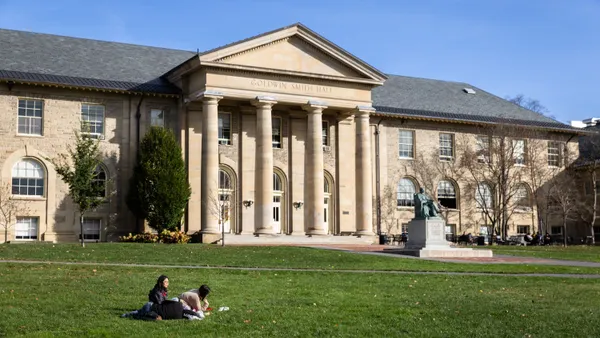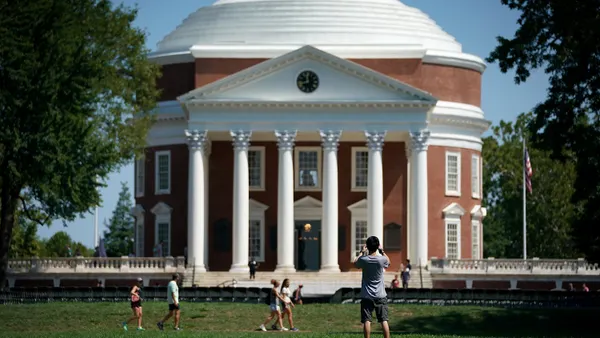Dive Brief:
- A federal judge on Friday struck down the National Science Foundation’s policy to cap reimbursement for indirect research costs to colleges at 15%, striking another blow to the Trump administration’s efforts to cut research overhead funding.
- U.S. District Judge Indira Talwani, an Obama appointee, ruled that the policy is “arbitrary and capricious” and doesn’t align with federal law or regulations. With her ruling, indirect cost caps have now been blocked or struck down at all four major federal agencies that have implemented them.
- NSF declined to comment Tuesday on the ruling and whether it planned to appeal.
Dive Insight:
On May 2, NSF became the third federal agency to announce a 15% cap on indirect research costs for colleges, following in the footsteps of the National Institutes of Health and the U.S. Department of Energy.
The move quickly drew a lawsuit from a group of prominent higher education associations and research universities, who argued the cap would undermine the nation’s scientific research and threaten their funding.
Talwani’s ruling acknowledged the harm colleges would face, noting that many research universities have reimbursement rates hovering between 50%-65%. She wrote that the 15% cap would likely lead to research funding decreases for colleges and force them to cut specialized researchers and graduate positions.
She ruled that federal law does not authorize NSF to require that grant recipients share the costs of research overhead. However, the 15% cap would have effectively limited the share of these costs that could be reimbursed, therefore imposing “indirect cost sharing on the institution,” she wrote.
She also ruled that NSF’s policy was arbitrary and capricious because the agency did not explain how it would carry out its objectives.
When NSF announced the policy change, for instance, it argued that it would eliminate the “need for individualized indirect cost negotiations.”
However, Talwani noted that colleges must still negotiate rates with other government agencies. She also pointed out that the NSF policy only applied to colleges, meaning the agency would still need to negotiate rates with other types of grant recipients.
NSF had said the policy would ensure “consistent treatment” of colleges that receive research grants. Yet colleges have different levels of overhead costs depending on the type of facilities and equipment their research requires.
“The existing framework thus provides consistency among [institutions of higher education] in that it strives to ensure that no IHE bears a disproportionate amount of its indirect costs because of the type of research that it pursues,” Talwani wrote. “The 15% Indirect Cost Rate seemingly does the opposite.”
Finally, NSF had argued the policy would allow the agency to increase the share of funding it provides for direct research costs. But Talwani wrote that colleges may have to stop applying for NSF grants altogether if they can’t accept the 15% reimbursement rate for research overhead.
Indirect research caps have also been temporarily blocked at the U.S. Department of Defense and the Energy Department. A federal judge has permanently blocked a 15% cap at NIH in early April, though the Trump administration has appealed the ruling.














